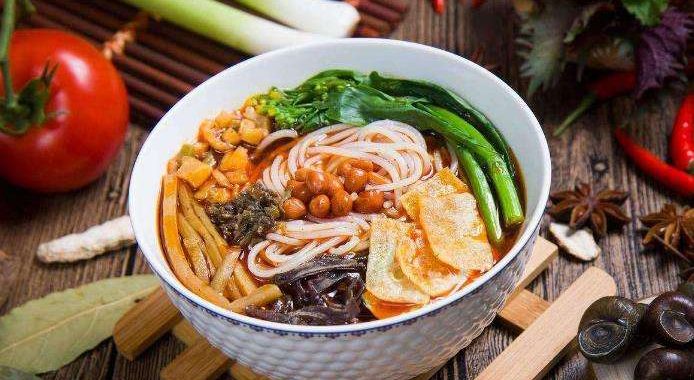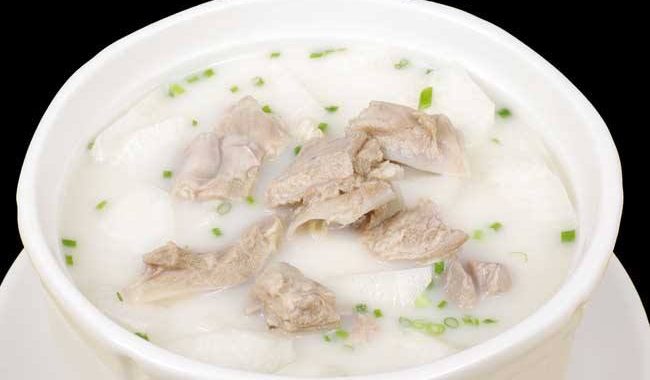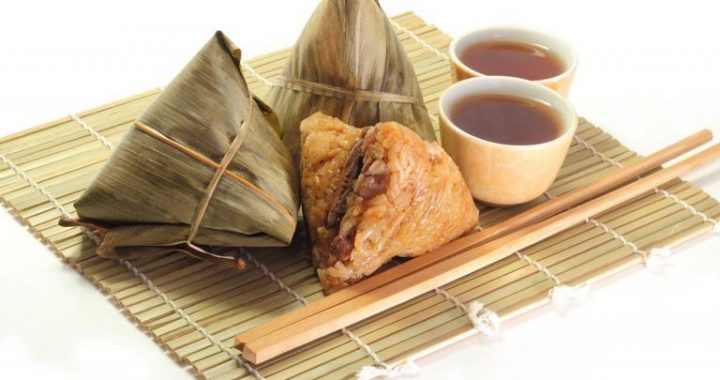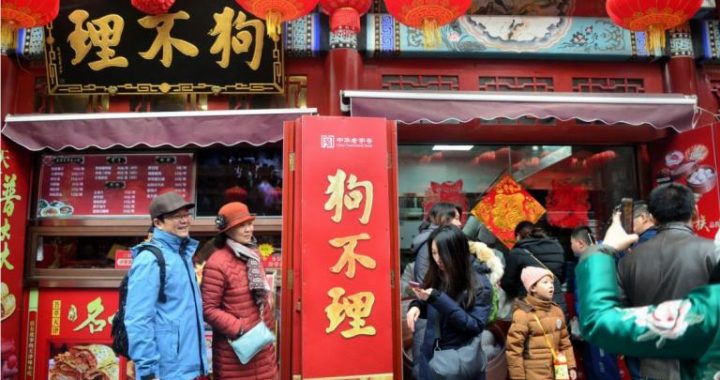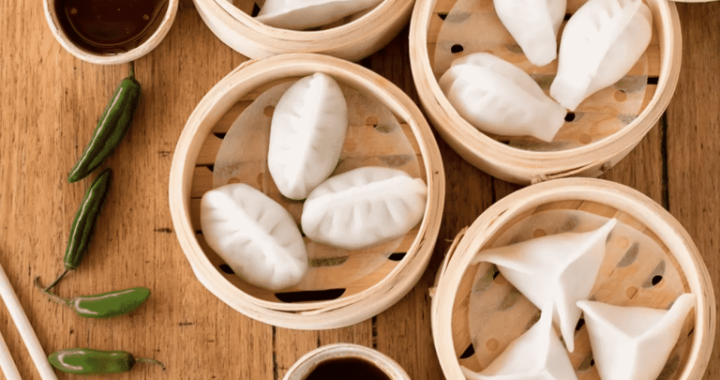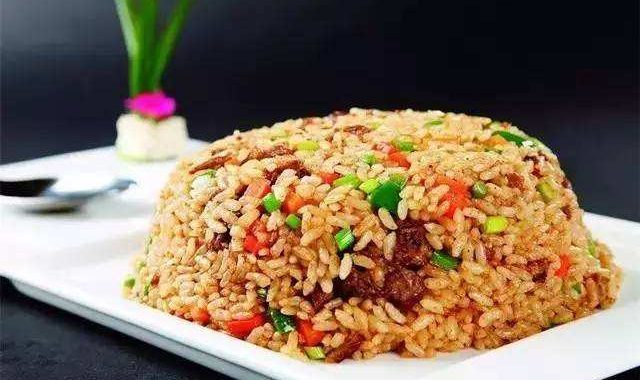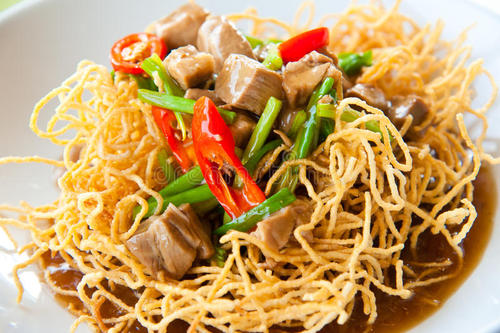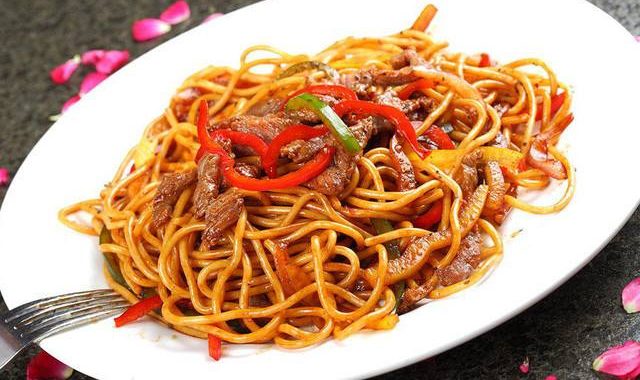Chinese Medicinal Food
2 min readChinese food therapy is a practice in the belief of healing through the use of natural food,or in addition to medications.

The central to this belief system is the idea that certain foods have a“hot”or heat-inducing quality while others have a”cold”or chilling effect on the body and organs and fluids.An imbalance of this“heat”and”cold”is said to increas susceptibility to sickness or directly to cause disease.Such an imbalance is not necessarily related to the subjective feeling of being hot(tending toward sweating)or cold(tending toward shivering).
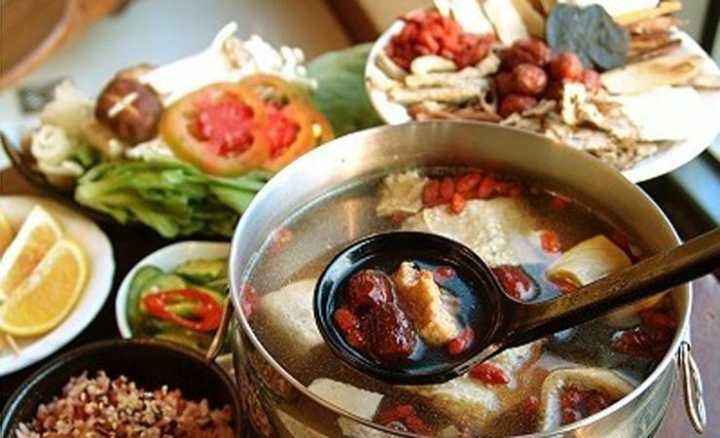
As an example,if one had a cold,or felt he was about to get a cold,he would not want to eat any“cold”foods such as a lemon or cucumber.If one had a so-calle “hot”disease,like Eczema,then he would not want to eat”hot”foods such as garlic,onions,or chocolate lest the“hot”disease is worsened.Indeed,it is thought by some that these”hot”or“cold”properties of foods are so intense that eating too many of one or another can actually cause diseases.For example,eating too many“hot”foods like chili peppers or lobster could cause a rash,or eating too many“cold”foods such as watermelon could cause you to develop stomach pain or diarrhea.In this way,this health system is in direct opposition to the germ theory of disease(where microbes are described as the cause of many disease states)and evidence-based medicine.It is related to the concept of nei-waixie in Chinese medicine,being more aligned with Claude Bernard,and Antoine Bechamp’s biological terrain theory of disease.

This belief in foods having inherent”hot”or“cold”properties is prevalent throughout China and significant in Cantonese culture.Congee or jook(Mandarin “zhou”)is commonly used as a panacea and recipes vary,depending upon the desired health benefits.

Chinese food therapy is said to date back as early as 2,000 BC,though documentary evidence goes only to about 500 BC.The Yellow Emperor’s Classic of Internal Medicine,also known as the Huangdi Neijing,which was written around 300BC,was most important in forming the basis of Chinese food therapy.It classified food by four food groups,five tastes and by their natures and characteristics.

